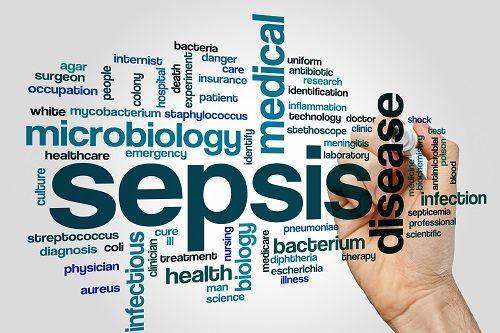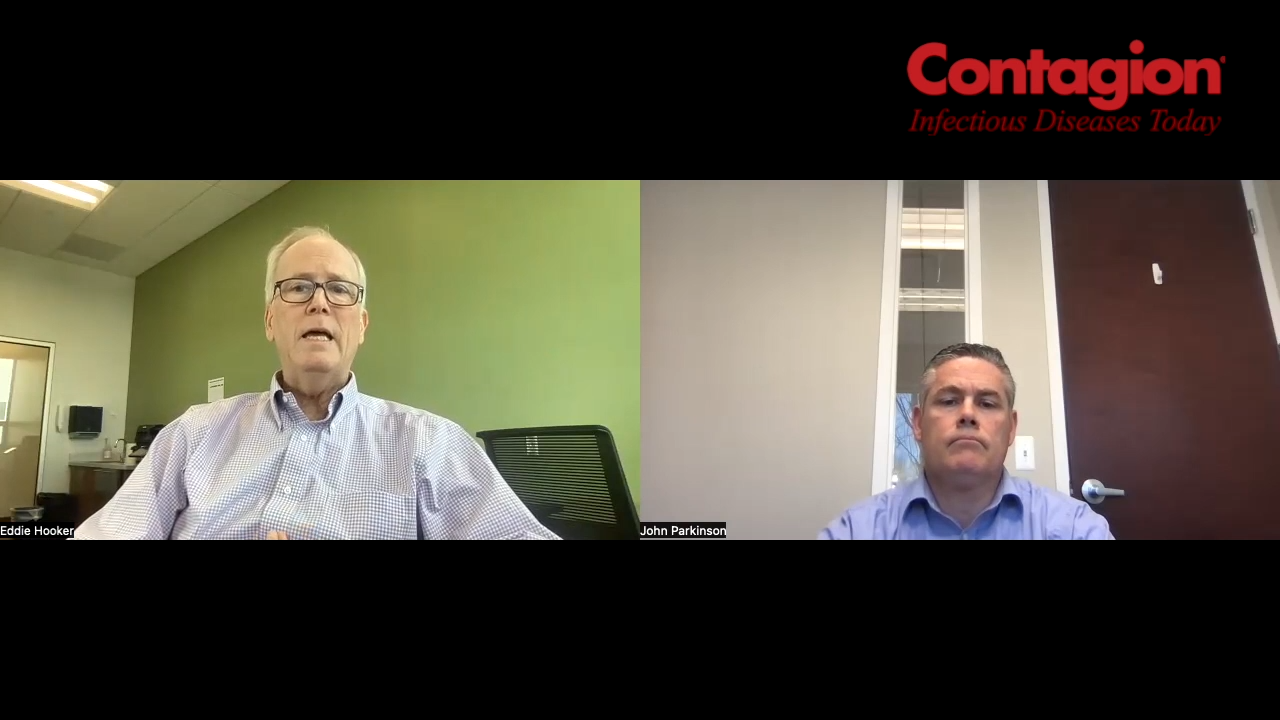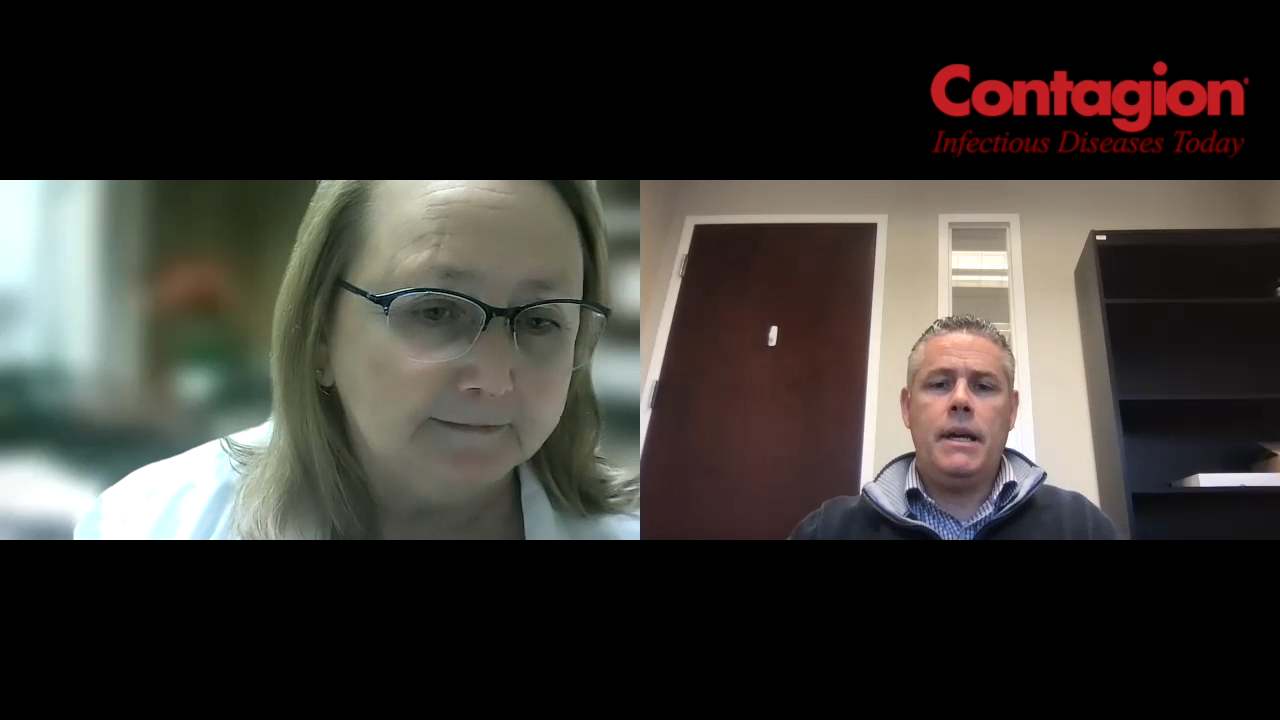5 Strategies for Improving Sepsis Care Management
Hospitalists can be better equipped to identify patients most in need of intervention and standardize sepsis management efforts.

Sepsis, a severe inflammatory response involving multiple organs, is the most common cause of death within U.S. hospitals and accounts for 20% of all global inpatients deaths.1 Not only is sepsis concerning from a mortality perspective, but it is also one of the most expensive medical conditions to treat, costing US health systems an estimated $33 billion per year.
Despite its prominence as a significant organizational challenge, leadership at many health systems remain uncertain on where and how to focus sepsis improvement efforts. Fortunately, new surveillance tools are helping provide direction, enabling hospitals to better leverage electronic medical record (EMR) data and arming clinicians with increasingly granular clinical insights for earlier and more informed interventions that lead to better outcomes.
To meaningfully move the needle on sepsis care improvement and save lives, there are five critical challenges hospital leaders must address. In doing so, they will be better equipped to identify patients most in need of intervention and standardize sepsis management efforts for optimal impact across their organizations.
1. Monitoring Patients in Real-Time
Recognizing that real-time monitoring and actionable, evidence-based care decision support for patients with sepsis is critical, The Centers for Medicare and Medicaid Services (CMS) created care bundles that offer step-by-step guidance, along with precise reporting requirements, which many private insurers have adopted as well. However, this is often not enough. Clinical care teams also need access to a central monitoring system for known sepsis cases. These systems streamline sepsis care by monitoring patients for any signs of improvement or deterioration. Centralized monitoring systems can also prevent alert fatigue by filtering unnecessary EMR notifications and only alerting care teams when crucial sepsis care steps are missed or there is risk of a bundle step being overlooked.
With appropriate alerts, sepsis intervention is more likely to occur at the right time, enabling clinicians to deliver consistent quality care and hospital leaders to rest assured that their programs are running effectively.
2. Identifying At-Risk Patients
While centralized monitoring systems can keep track of known sepsis patients, care teams also need support identifying new patients at risk for developing sepsis as early as possible. EMR systems are capable of providing this support by pushing out alerts. However, because they primarily rely on systematic inflammatory response syndrome criteria that are very sensitive but highly nonspecific, many false alerts are generated, which often results in clinician disengagement.
With a need for more precise alert systems for potential sepsis cases, sophisticated artificial intelligence (AI) and natural language processing (NLP) tools have emerged to extract insights from patient medical records and help clinicians identify risks throughout the patient's treatment course. These tools improve alert accuracy by unlocking the clinical insights hidden inside free-text notes in the EMR and applying sepsis-centric algorithms. When combined with ongoing monitoring and real-time patient evaluations performed by clinicians, these technologies provide a more accurate picture of sepsis risk across an organization.
3. Surfacing Key Areas for Improvement
Most sepsis cases occur in the intensive care unit and the emergency department (ED). While hospital leaders have likely already identified these areas for sepsis improvement programs, there are other areas in the hospital where patients often fall through the cracks.
Sepsis accounts for more than half a million ED visits each year, so hospital clinicians are adept at identifying and treating it. However, it's equally important to monitor patients who may be at risk of developing sepsis once they're admitted to the hospital.2 Data shows that many sepsis cases occur once patients have completed their treatment in the ED and are waiting to be transitioned to a ward.3 Patients can develop sepsis and crash within hours during this transition with limited attention.
Patients in the inpatient medical-surgical ward also represent a large portion of hospital-developed sepsis. Staff servicing medical-surgical units often do not have the training to identify and flag sepsis. Research has shown that it is often undetected for more extended periods in this ward.4 By identifying sepsis care gaps in inpatient populations such as these, hospitals can drive significant improvements and save more lives.
4. Standardizing Protocols
Hospital leaders must support those clinicians directly caring for sepsis patients and doing that effectively requires their input. Given the importance of sepsis management today, hospital leaders are wise to seek out early involvement by clinicians in technology selection and implementation to ensure the right solution for their specific needs. This input at the outset can also improve adoption that makes it possible to standardize sepsis care, and reduce unwanted variation across the organization.
Many procedures exist for patients who are admitted to the hospital with sepsis. Still, protocols for patients admitted for an unrelated condition and developing subsequent sepsis are few and far between. Involved clinicians can surface these kinds of gaps to leadership to be addressed. This process could trigger a new protocol that, for example, specifies which order set should be used when a patient develops sepsis while waiting for a bed and when to call a rapid response team.
5. Measuring Sepsis Performance
When hospitals are equipped to evaluate sepsis management from a holistic perspective, they can better understand where and how to focus improvement efforts. Administrators would also be wise to compare performance with government benchmarks and internal organizational goals to measure progress.
There are many metrics that can be used to monitor and manage sepsis care. For example, the compliance rate of a hospital’s bundled care for sepsis may determine whether they meet CMS requirements. However, this metric alone does not address other key performance measures such as mortality rates, length of stay times, readmissions rates—all things which have been proven to affect patient outcomes in hospitals. By focusing interdisciplinary care teams on a single metric—such as sepsis bundle compliance—hospitals can standardize care delivery in a manner that impacts other key metrics without overwhelming the care team.
Conclusion
Hospital leaders have a responsibility to support their critical care teams with the latest technologies that provide real-time identification and evidence-based clinical guidance. By researching, investing, and implementing these tools, they can empower their clinical personnel to intervene appropriately and standardize processes for quality care across the board. This means not only providing patients in need of sepsis management with appropriate treatment but also enabling staff members to work together seamlessly through technology solutions designed for this purpose. What next steps will you take to improve sepsis identification and surveillance in your hospital?
References:
- Sepsis. World Health Organization. Published August 26, 2020. Accessed December 15, 2021. https://www.who.int/news-room/fact-sheets/detail/sepsis
- Oliver N. Early recognition of sepsis in the emergency department. ARC Journal of Nursing and Healthcare. 2018; 4(1): 3-20. Doi: http://dx.doi.org/10.20431/2455-4324.0401002
- Schorr C. Nurses can help improve outcomes in severe sepsis. American Nurse. 2016. Published March 15, 2016. Accessed December 15, 2021. https://www.myamericannurse.com/nurses-can-help-improve-outcomes-severe-sepsis/
- Gale, B, Hall, Kendall K. The use of patient monitoring systems to improve sepsis recognition and outcomes: a systematic review. Journal of Patient Safety. 2020;16(3)doi: 10.1097/PTS.0000000000000750




















